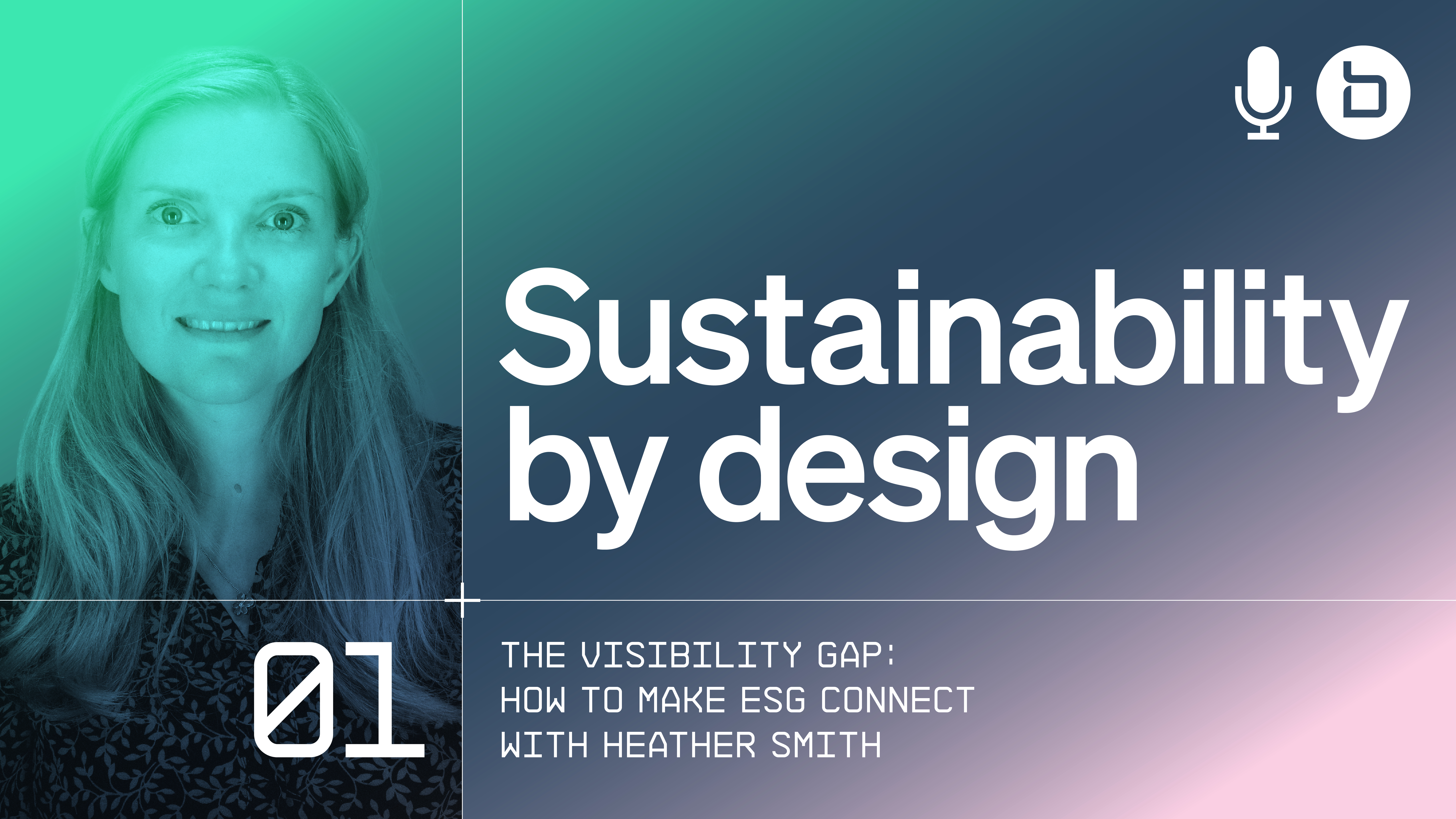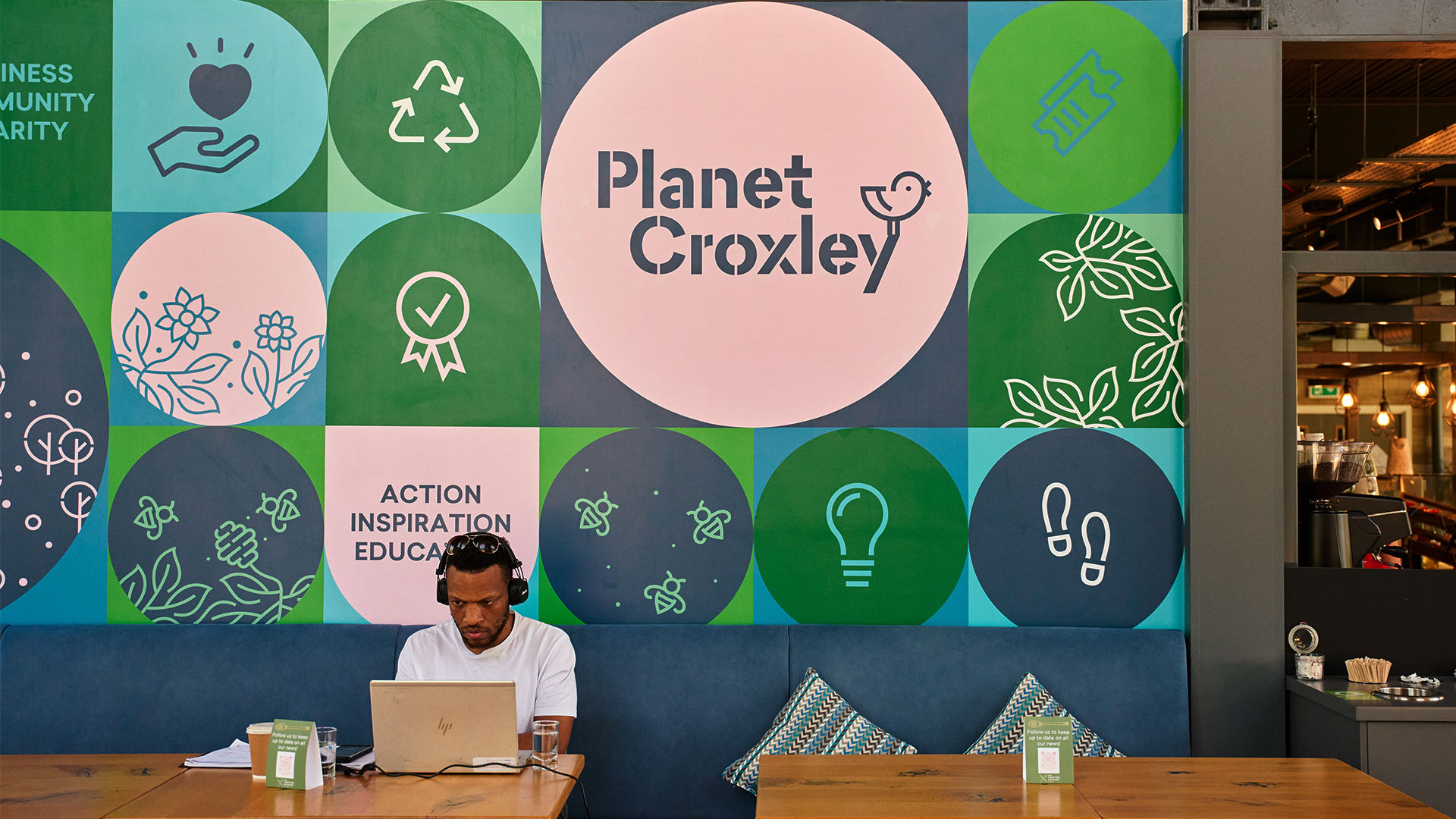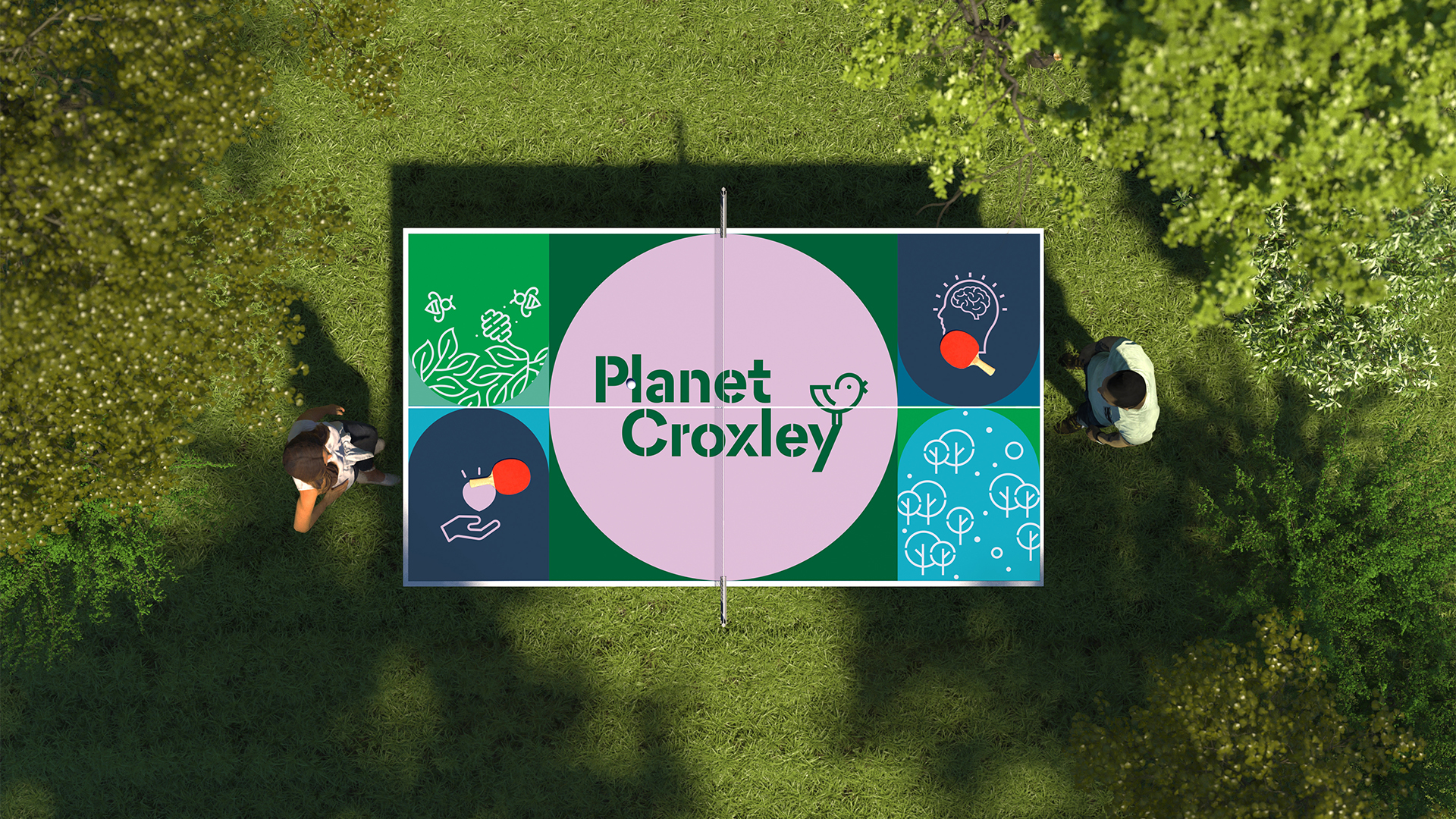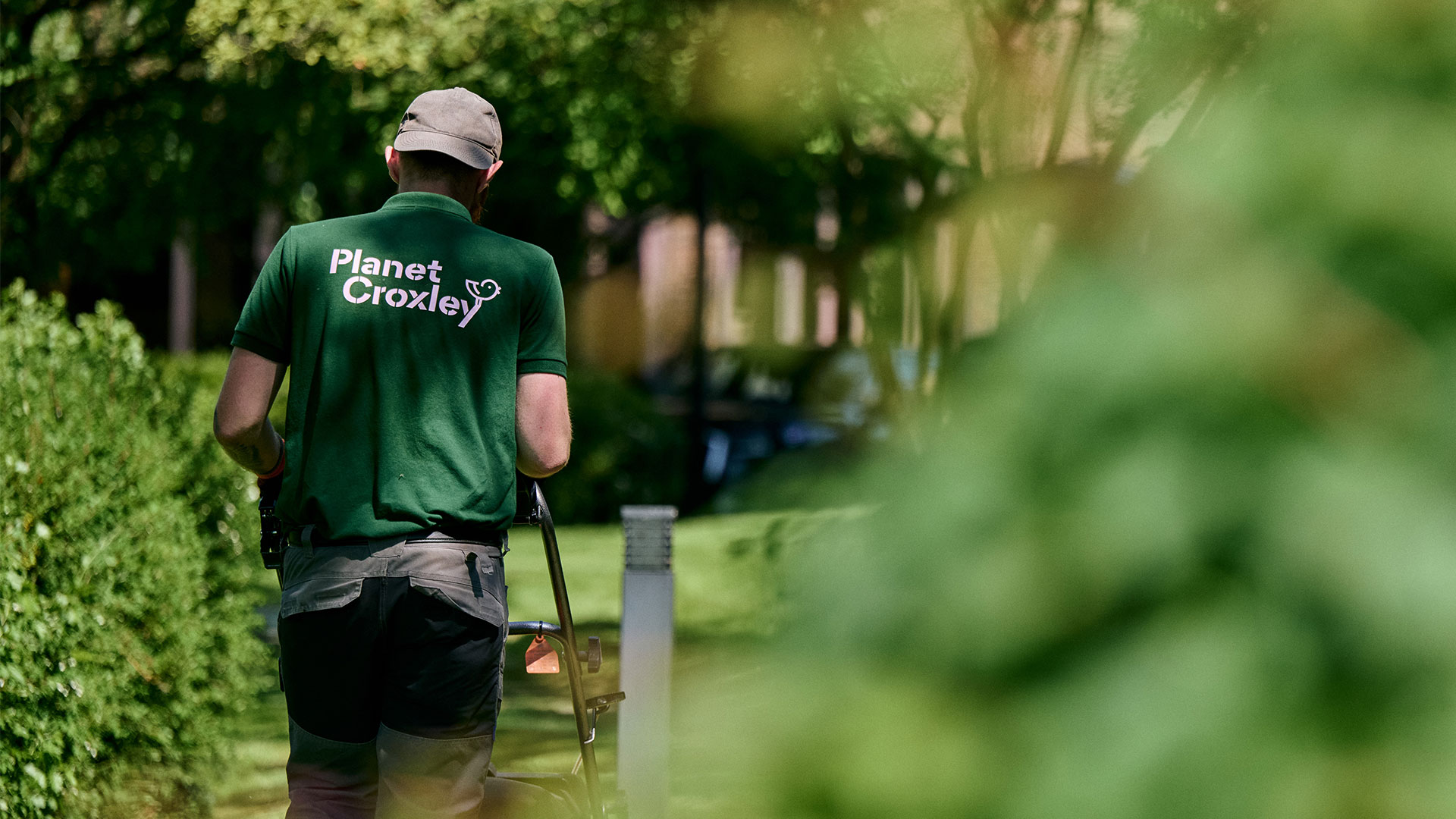
New podcast episode: The visibility gap – How to make ESG connect
28.10.2025
How Croxley Park turned sustainability from a hidden effort into a living, breathing brand
For most commercial property owners, sustainability is no longer optional. Tenants expect it, investors demand it, and government regulations increasingly require it. But turning that intent into something measurable, meaningful, and visible is a bigger challenge than it seems.
That’s exactly what we unpacked in The visibility gap: How to make ESG connect, the newest episode of Sustainability by Design, where I spoke with Heather Smith, Director at HSC, about her work on Planet Croxley – the sustainability initiative bringing ESG to life at Croxley Park.
The ROI challenge of ESG
Heather started with the core problem: landlords want to engage deeply with ESG, but they also have to justify every investment. Unlike a building refurbishment, where you can easily show increased rent or asset value, ESG improvements don’t always correlate neatly with financial metrics.
“There’s a spreadsheet that needs to say, ‘spend this pound, get this return,’” Heather explained. “That’s hard when you’re talking about energy savings or community engagement rather than a new façade or air-conditioning system.”
And while new builds can embed sustainability from day one, existing stock is another story. Retrofitting, tracking data, and integrating systems like smart metering is complex and expensive – yet it’s where the biggest progress needs to happen.
From scattered actions to a unified story
When HSC began working with Croxley Park, the team realised they were already doing an impressive amount: decarbonising older buildings, improving biodiversity, hosting community events, supporting local schools, even managing composting systems and beehives. The problem was, none of it was joined up.
“It was all happening,” Heather said, “but it wasn’t connected. We wanted to make sure nothing got lost.”
That’s where Planet Croxley came in – a unifying brand and identity that could hold everything together. The name reflects the idea of an ecosystem: dynamic, connected, and full of life. It’s serious without being intimidating, playful without being flippant.
By giving the initiative a clear identity, it became easier to communicate both internally and externally – from leasing agents talking to prospective tenants, to existing occupiers sharing their ESG reports.
The power of design and communication
Design played a huge role in turning Planet Croxley into a recognisable and trusted platform. It wasn’t about creating something new from scratch; it was about giving form and voice to what already existed. As Heather put it:
“We weren’t inventing a brand to cover a gap. We visualised what was already happening and gave it a wrapper so everyone could see it.”
That visual identity has made it easier to showcase progress, from decarbonisation projects to social value initiatives. It’s also created a shared sense of ownership among tenants, local stakeholders, and the onsite team.
Authenticity above all
One of the strongest takeaways from this project – and our conversation – was the importance of authenticity.
“If it isn’t authentic, it really shows,” Heather said. “Every site is different. You have to adapt to who you have on site, what the landlord is prepared to do, and what the community cares about. Otherwise, people just don’t believe it.”
That authenticity extends to communication, too. Heather’s team meets quarterly through an ESG board that includes council representatives, partners, and occupiers. They publish an annual ESG report combining environmental data with social impact – including the equivalent of £2.8 million in community benefit last year.
Being transparent about what’s done, what’s planned, and what’s still difficult has built trust and engagement that no polished campaign could replicate.
What other sustainability leads can learn
If there’s one lesson from Planet Croxley that applies across sectors, it’s that communication is everything.
“It’s only when you start talking about why something is or isn’t happening that people understand,” Heather said. “Everyone’s trying to do their best, but we all rely on each other to take the next step.”
By treating design as a storytelling tool – not an afterthought – Croxley Park has turned ESG from an invisible process into a living, breathing part of everyday life on site.
Listen to the full conversation on Buzzsprout: The visibility gap: How to make ESG connect
It’s a great listen for anyone looking to make sustainability visible, authentic, and commercially valuable through design.



